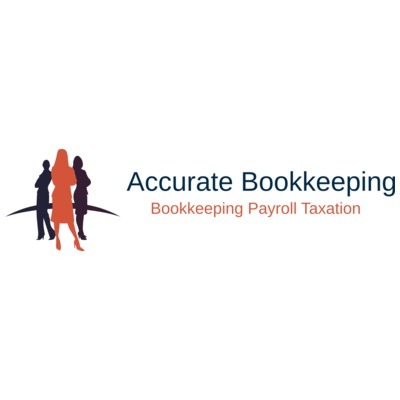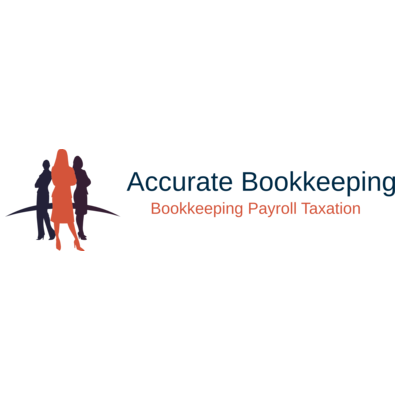
The idea of becoming an Uber or rideshare driver is attracting more and more people, and why wouldn’t it? You basically get to become your own boss, with entirely flexible working arrangements for established companies removing the hard work of having to establish your own small business. Perfect!
So we have an attractive way to earn an income which works alongside your main job, or as a full-time itself. The hard part, however, is managing your own finances, bookkeeping, and tax obligations.
Let’s look at some of the main things you need to consider when bookkeeping for Uber or various other ridesharing roles.
Tip 1: The correct reporting of your earnings
As far as the Australian Taxation Office (ATO) is concerned, income earned from Uber or other ridesharing roles is not hobby money. You are considered to be a self-employed contractor under the banner of ‘ride sourcing,’ so the law states you must declare all income generated via the position in your yearly tax return. You will be paying tax on all combined earnings over $18,200, so full-time or part-time, all money that you generate goes into the pot.
There are two essential elements to this:
- You need to have an Australian business number (ABN)
- You need to keep an accurate record of your earnings and expenses
Tip 2: Register for GST
Typically, if you earn less than $75,000 per year, then you do not have to worry about registering for Goods and Services Tax (GST), but this is not the case for Uber and rideshare drivers. One of the conditions under the banner of ride sourcing is that the GST rules which apply to taxi drivers, also apply to rideshare.
So no matter what capacity you drive in, part or full time, you must register and collect a 10% tax for GST from your passengers. This applies to any form of income, even if it is only $10,000 per year. GST is reported and paid to the ATO via a Business Activity Statement (BAS).
Important note: Everything that we discuss in this article applies to people driving for Uber Eats, Deliveroo or any other app-based food delivery services too.
Tip 3: Understand which tax deductions you can claim
So if the previous rule has you a little bummed out, this rule should pep you up. You are able to claim tax deductions on any relevant expenses increasing your profits at tax time.
Uber and rideshare drivers can claim the following vehicle costs:
- Fuel
- Registration
- Insurance
- Servicing, maintenance, and repairs
- Cleaning
- Interest or lease payments
- Driver registration fees
- Parking expenses
- Refreshments for passengers
- Mobile phone costs
- In-car entertainment subscriptions (e.g., Spotify)
Just remember though the items you claim need to be relevant to your role, and used within it. So for example, you cannot claim your personal mobile phone costs, only those which are job-related. You are also able to claim a tax credit for the GST you pay on items for your business.
Tip 4: Track your mileage
A big difference between taxis and Uber or rideshare drivers is the vehicle is often used for both work and private driving making it difficult to tell which kilometers were for the business. You are only able to claim vehicle expenses for on-the-job driving so you’ll need to calculate the work-related portion of your travel.
To do this, many use a logbook method which is the tracking of kilometres driven for work over the total kilometres of the vehicle. The other option is a cents-per-kilometre method, a flat-rate deduction per kilometre up to a maximum 5,000km.
In either case, a record of distance travelled needs to be kept, and if the manual logbook idea doesn’t sit well with you, an automatic GPS mileage tracker may be a lot easier which can be controlled via various apps.
Saving for your tax bill
One thing many people who start their own business worry about is the fact that they won’t be getting tax back come tax time if they have to pay a tax bill. It doesn’t have to be this way, however, and you can simulate your own tax payment if you set up your account in a particular way.
The first step would be to open separate bank accounts for your new business, so you don’t get your personal and business finances mixed up. While separating these accounts, you can open a specific “tax account” where you keep the amount of money that you think you will be paying for tax. You can work this out monthly using the tax calculator supplied by the ATO. Just take the total you have earned for that month, see what the relevant amount of tax is for that amount and put it into your separate tax account which is not to be touched until tax time.
Now for the good part, you submit your tax return with your expenses, receive your tax bill which you pay from that account, and the remainder is the tax you get back! Boom, simulated tax return! It may take a little willpower to resist the urge to use the money in that account for other things, but it is worth it come tax time.
How best to get started
If you are considering taking your income into your own hands and being your own boss with a Uber or rideshare position we have a special package that will make all of the above tips much simpler so you can focus on your role.
Our complete rideshare bookkeeping package is claimable and costs $550 (including GST) for:
- Free ABN and GST registration
- A supplied spreadsheet pre-set so you can enter the necessary information as you go
- Quarterly bookkeeping and BAS lodgement
Let us take the hassle out of your bookkeeping with this all-inclusive package and have the peace of mind knowing that your books are legal and up-to-date without having to organise it all yourself!

